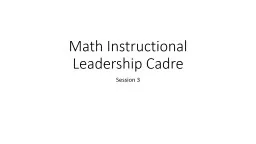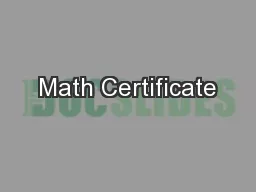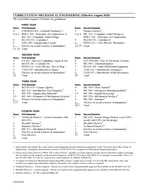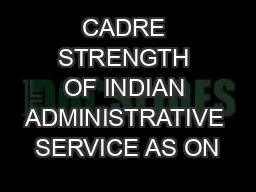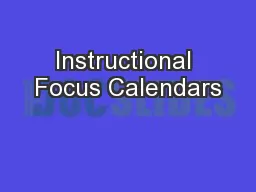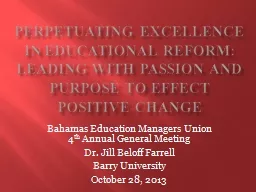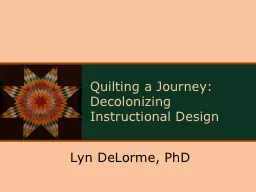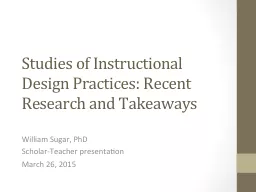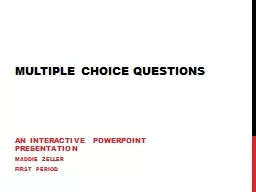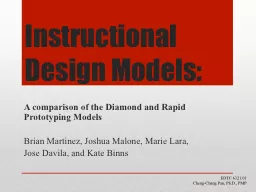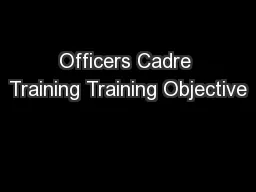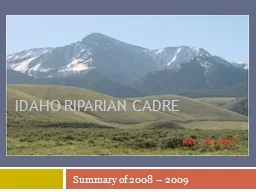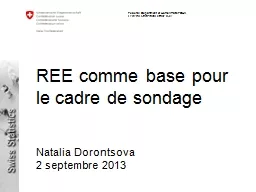PPT-Math Instructional Leadership Cadre
Author : alida-meadow | Published Date : 2018-03-01
Session 3 November 16 th and 18 th Math Session 3 Fluency vs Algorithms Mathematical Practices 7 amp 8 Balanced Assessment Define Fluency The Importance of Fact
Presentation Embed Code
Download Presentation
Download Presentation The PPT/PDF document "Math Instructional Leadership Cadre" is the property of its rightful owner. Permission is granted to download and print the materials on this website for personal, non-commercial use only, and to display it on your personal computer provided you do not modify the materials and that you retain all copyright notices contained in the materials. By downloading content from our website, you accept the terms of this agreement.
Math Instructional Leadership Cadre: Transcript
Download Rules Of Document
"Math Instructional Leadership Cadre"The content belongs to its owner. You may download and print it for personal use, without modification, and keep all copyright notices. By downloading, you agree to these terms.
Related Documents

